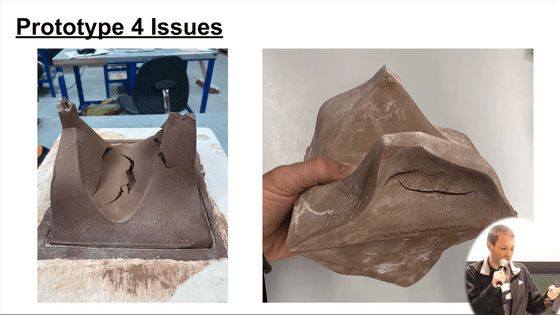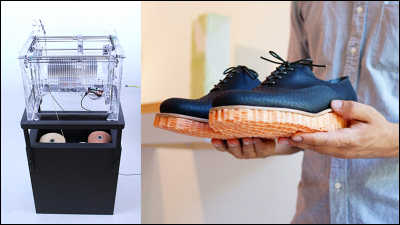A special brick that can absorb traffic noise has been developed, potentially reducing health damage caused by the sound of cars and trains running.

Noises such as car engine noises not only interfere with activities, but are also thought to lead to health problems such as headaches, dizziness, and neurosis, and various
These Bricks Can Absorb Traffic Noise - Thesis Presentation on Helmholtz Resonators - YouTube
Thesis Paper on Helmholtz Resonator Absorber Bricks
https://docs.google.com/document/d/e/2PACX-1vR35aK_WLIXPrQB-wbb_1iPNBEmbF4NuopNZh-GVb80JCDIQyYJto53dbjvqFpv5RWSMnkIB9Bc_uYp/pub
London, UK is known as one of the cities that suffers from traffic noise, with many urban areas generating an average of 75 decibels or more of noise.

A WHO study found that every 10 decibel increase in noise increases the risk of cardiovascular disease by about 8%. For this reason, many devices have been developed to prevent noise from entering indoor living spaces, but research into noise prevention solutions for outdoor use has not progressed.

The traffic noise that reaches our ears is said to be low-frequency sounds ranging from 20 to 300 hertz. Therefore, there is an urgent need to absorb noise in these ranges.

Until now, common noise prevention measures have been to install double-paned windows indoors or to install special walls on roads to diffuse the sound of collisions. On the other hand, these methods are not desirable in terms of

So Krcma used the Helmholtz resonator technique. Helmholtz resonators not only produce sound, but also absorb the kinetic energy of the resonating sound and cancel the sound, and it is said that this can be used as a sound-absorbing material.

In fact, the method of using a Helmholtz resonator as a sound absorbing material is used in music rooms and large-scale theaters.

In addition, at

Mr. Kcrma explains that bricks that incorporate the Helmholtz resonator mechanism are the most effective at absorbing noise.

In order to develop new bricks, we will work on selecting brick materials. Kcrma says, ``The most effective material was made by soaking thick spongy terracotta in muddy water, drying it, and firing it in a kiln.''

In actually developing the bricks, Mr. Kcrma created various prototypes.

Developing the prototype was extremely difficult, and the first prototype had problems such as the edges of the bricks becoming distorted when removed from the mold.

Similarly, the second prototype also suffered from deformation when removed from the mold.

The third prototype, which had a major design change, encountered problems such as being easily broken.

In addition, issues such as the shape changing significantly arose.

After much trial and error, we devised a unique brick shape with a large depression in the center.

Although the bricks have a unique shape, they can be stacked together like a puzzle.

During the trial production of this brick, we encountered problems such as the brick's tendency to break easily.

However, by applying special powder and other techniques, they finally succeeded in creating bricks.

Kcrma prototyped about 50 bricks in total.

When we actually tested how much noise it could absorb, we found that it absorbed a lot of sound around 310 hertz.

Mr. Kcrma says that his future vision is to expand the manufacturing of this brick and actually line it up in cities. Birds will gradually build nests on these bricks lined up in cities, and as moss and weeds grow, it is expected that the absorption effect will further increase.

In addition, Mr. Kcrma is distributing the 3D data of the bricks created this time online.
Hollow Helmholtz Sound Brick by JoePKrcma - Thingiverse
https://www.thingiverse.com/thing:6384566
Related Posts:







